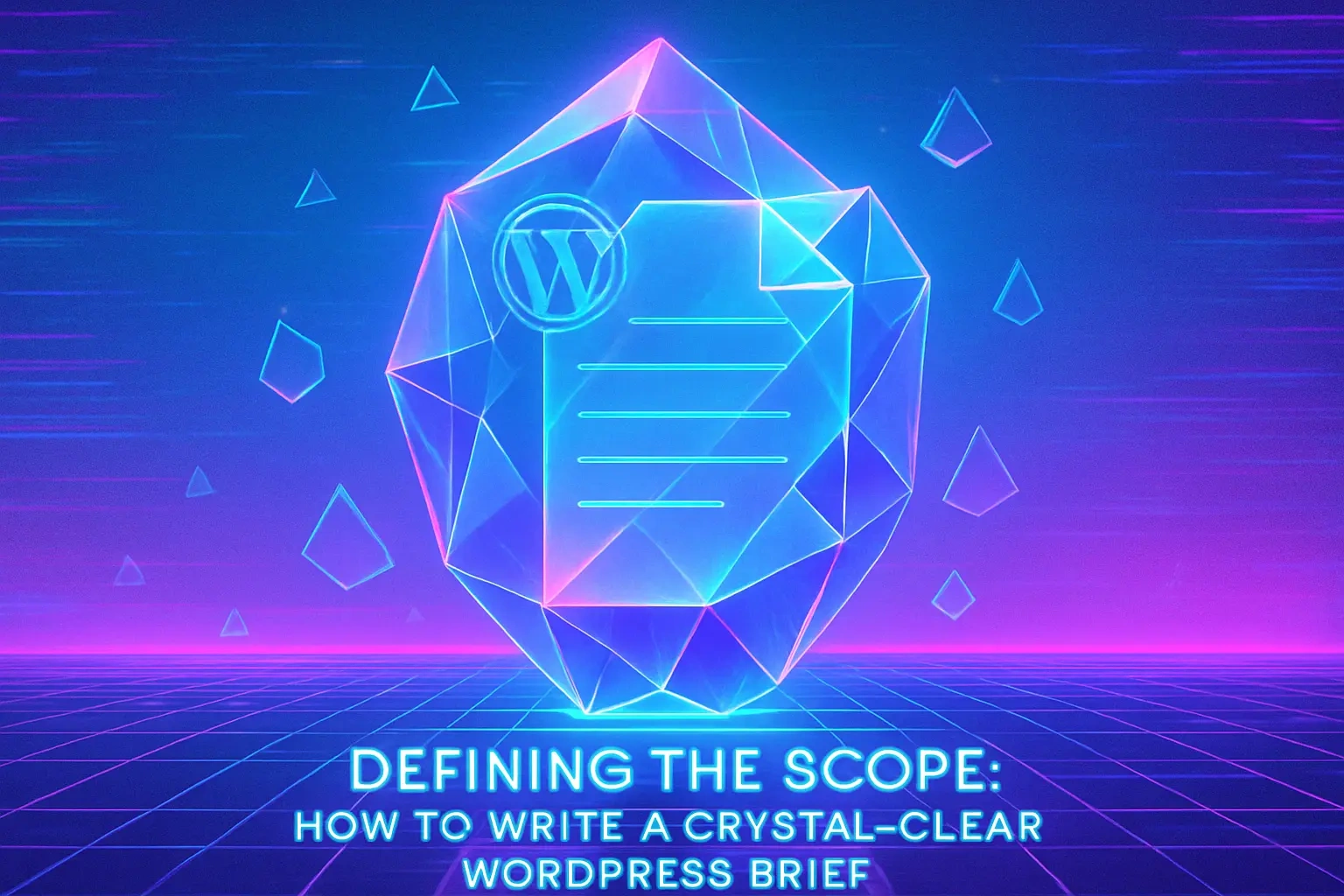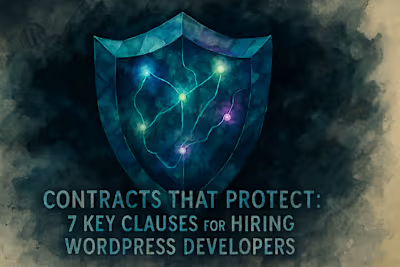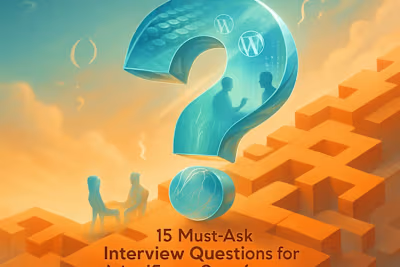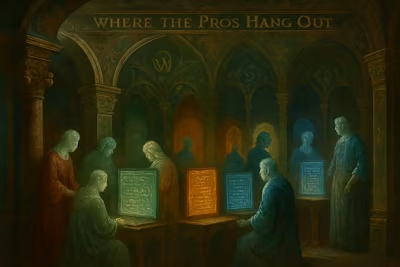Defining the Scope: How to Write a Crystal-Clear WordPress Brief

Defining the Scope: How to Write a Crystal-Clear WordPress Brief
Why a Detailed WordPress Brief is Non-Negotiable
Setting a Clear Vision and Aligning Stakeholders
Mitigating Risks and Preventing Scope Creep
The Core Components of a Winning WordPress Brief
Project Overview and Business Goals
Target Audience and User Personas
Scope of Work and Key Deliverables
Technical and Functional Requirements
Design, Branding, and Content Guidelines
Timeline and Budget
Common Pitfalls to Avoid When Writing Your Brief
Being Vague or Ambiguous
Forgetting About the User
Neglecting to Define 'Done'
Wrapping Up
References
Defining the Scope: How to Write a Crystal-Clear WordPress Brief
Why a Detailed WordPress Brief is Non-Negotiable
Setting a Clear Vision and Aligning Stakeholders
Mitigating Risks and Preventing Scope Creep
The Core Components of a Winning WordPress Brief
Project Overview and Business Goals
Target Audience and User Personas
Scope of Work and Key Deliverables
Technical and Functional Requirements
Design, Branding, and Content Guidelines
Timeline and Budget
Common Pitfalls to Avoid When Writing Your Brief
Being Vague or Ambiguous
Forgetting About the User
Neglecting to Define 'Done'
Wrapping Up
References
Posted Jul 6, 2025
Learn how to write a detailed WordPress project brief that attracts top developers. Our guide covers goals, scope, and technical needs to ensure project success.









